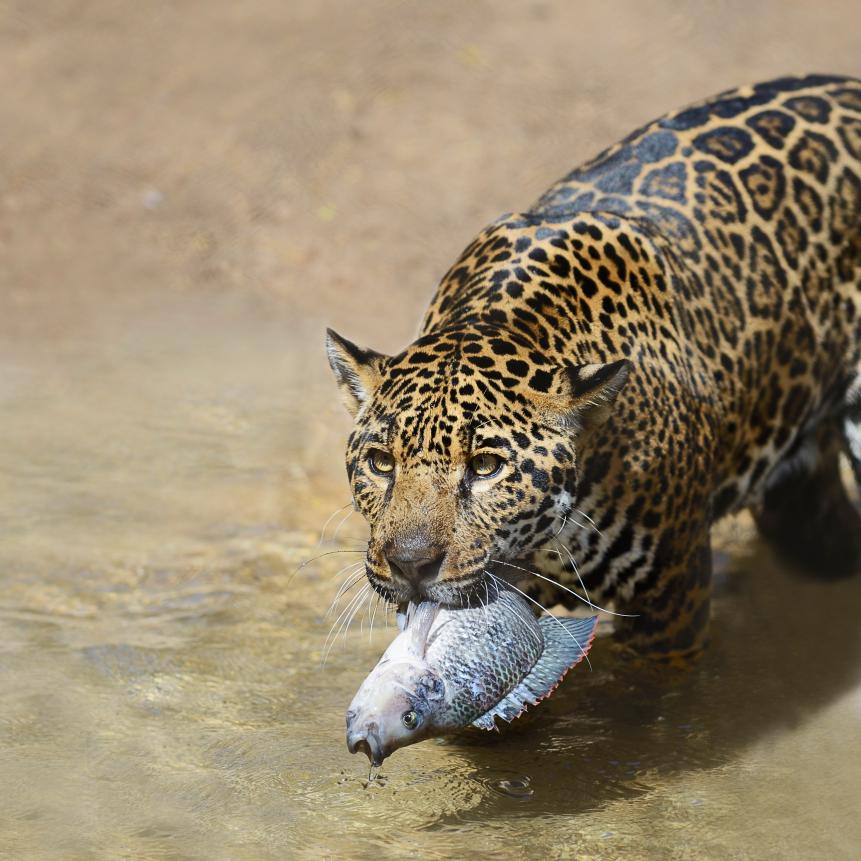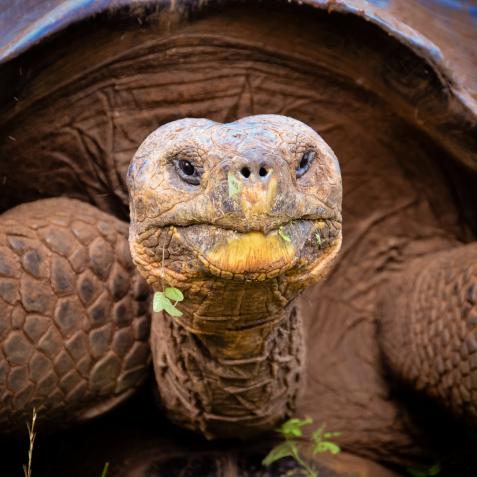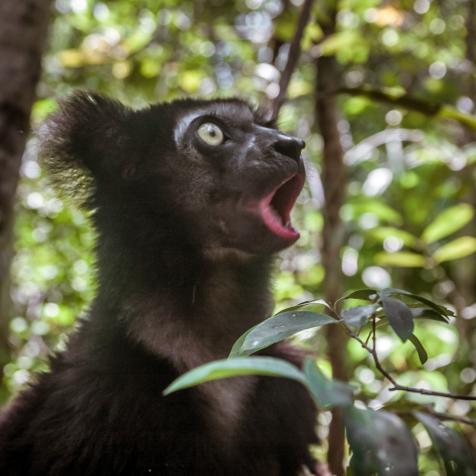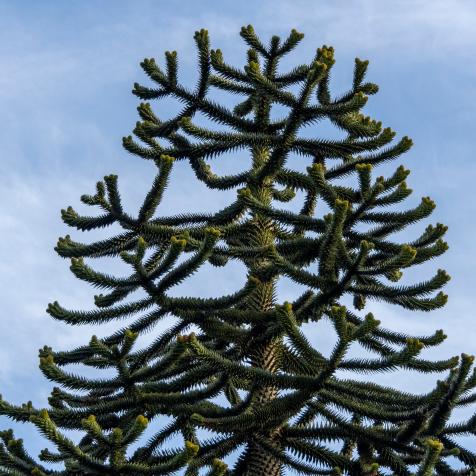
Joe McDonald
Beneath the Water in South America’s Wetlands Lurk Hundreds of Swimming Jaguars
Fish-eating jaguars prowl the wetlands of Brazil, Bolivia, and Paraguay exhibiting extremely unusual behavior to scientists.
Jaguars are the largest cat species in the Americas and the third-largest in the world. Normally highly territorial loners, these opportunistic predators hunt capybaras, deer, and other land mammals.
In Pantanal, the largest tropical wetland in the world, that sprawls across Brazil, Bolivia, and Paraguay lives a different type of jaguar. Or rather jaguars that have adopted a diet rich in fish and aquatic reptiles.

Windzepher
Jaguars have even been documented jumping into the ocean in Brazil to hunt for fish.
These big cats spend a huge portion of their lives wading through chest-deep water searching for fish to eat in the wetlands. Back on land, they playfully grapple with each other – a behavior and diet previously unseen in jaguars.
After scientists from the Universidade do Estado de Mato Grosso in Cáceres, Brazil observed these behaviors they set up a project to better understand jaguar behavior in the area.
Near Brazil’s Taiamã Ecological Station, the researchers set up motion-activated cameras to count jaguar populations. On the journey to set up the cameras, however, the abundance of local jaguar populations was already clear.
“You set your foot out of the boat, and there’s a jaguar footprint there already,” said Charlotte Eriksson, a wildlife scientist at Oregon State University. “There are scratches on trees. There are jaguar scats. There’s just an unbelievable presence of this apex predator wherever you go, which is something I’ve never experienced anywhere before.”

Delta Images
These apex predators are excellent swimmers.
Between 2014-2018, using 59 cameras the team capture more than 1,500 videos of jaguars. Additionally, the team tagged and tracked 13 jaguars with GPS collars. The data revealed the highest density of jaguars ever recorded – with Taiamã Ecological Station hosting 12.4 of the large cats per 100 kilometers squared.
Video footage showed the jaguars swimming, hunting for aquatic animals, and eating fish. More than half of the jaguar scat sampled had fish remains in them, meaning these jaguars have the most fish-dependent diet of any big cat ever recorded.
Even more surprisingly, the collars revealed these jaguars spent a lot of time together- hunting, fishing, playing, and socializing. Based on previous studies, this is extremely unusual behavior for jaguars who normally spend their lives alone, meeting up sparingly to mate.

Matthias Graben
A pair of jaguars in Pantanal, Mato Grosso do Sul, Brazil.
The researchers hypothesize it is the wetlands' rich biodiversity that allows for this behavior. With so much food to go around, there’s no reason for the jaguars to be in competition or fight over resources.
“We think we know a lot about these charismatic, large predators,” Eriksson says, “but there are still things to learn.”
Jaguars in Pantanal face many threats with the rise of climate change and deforestation. Learning how these animals live and adapt could be paramount in protecting them for future generations.


















